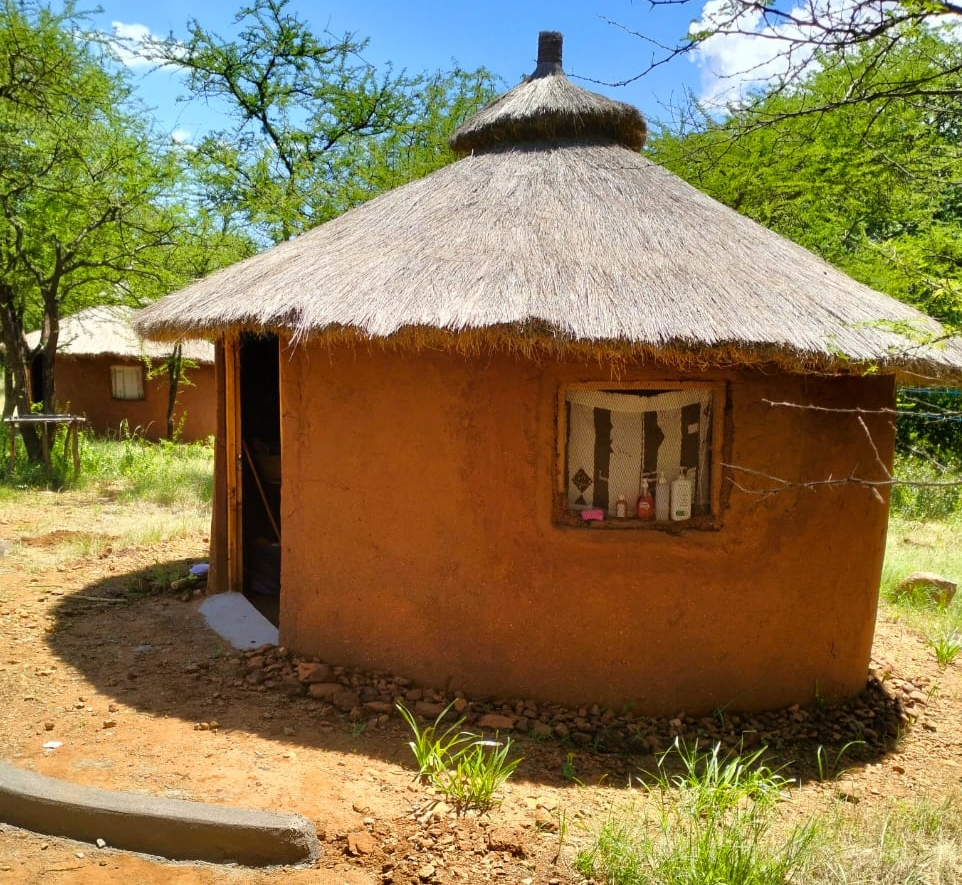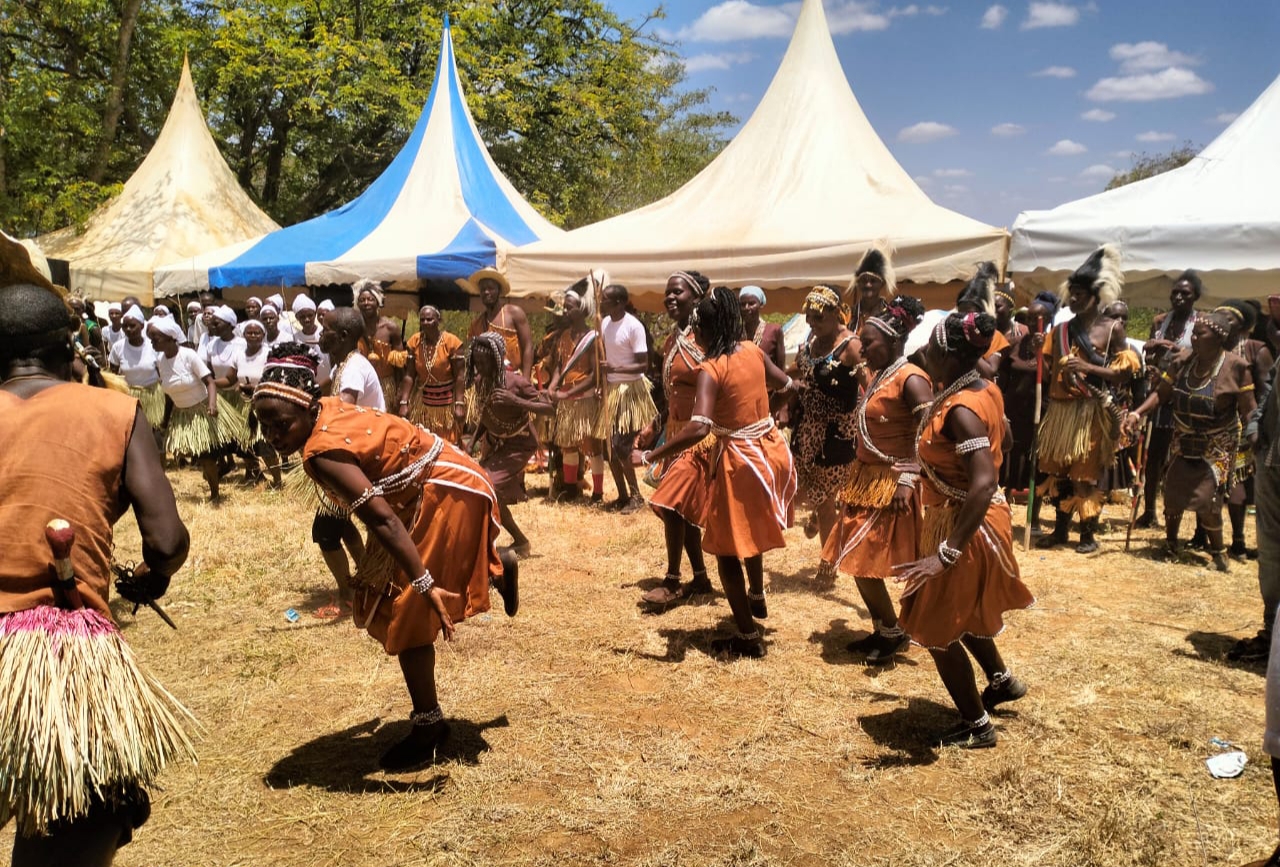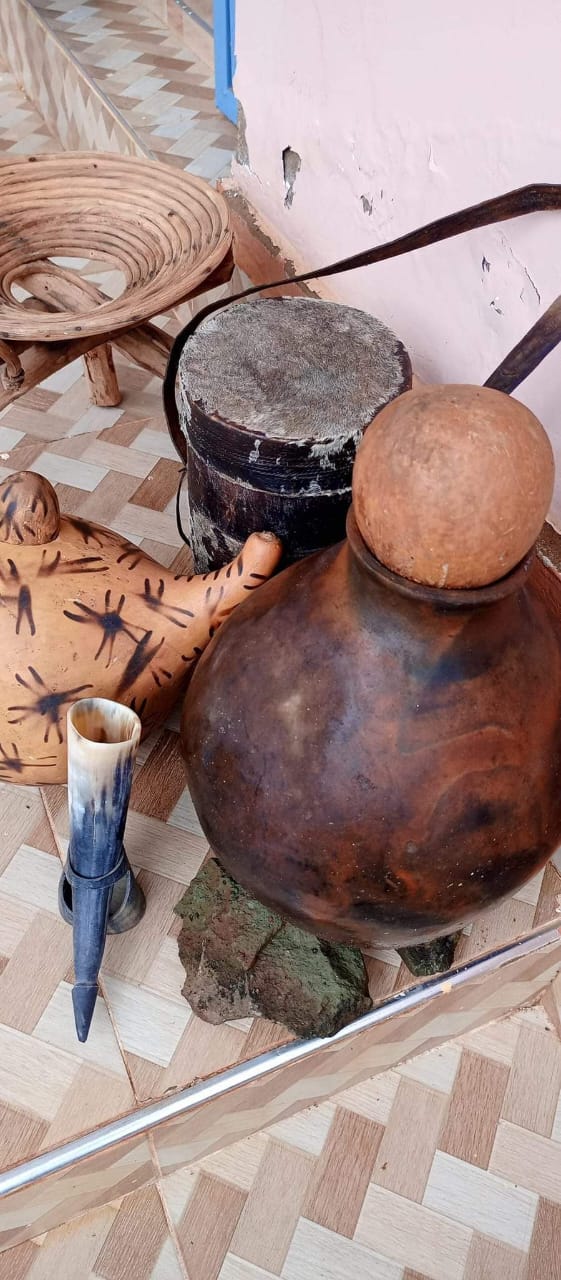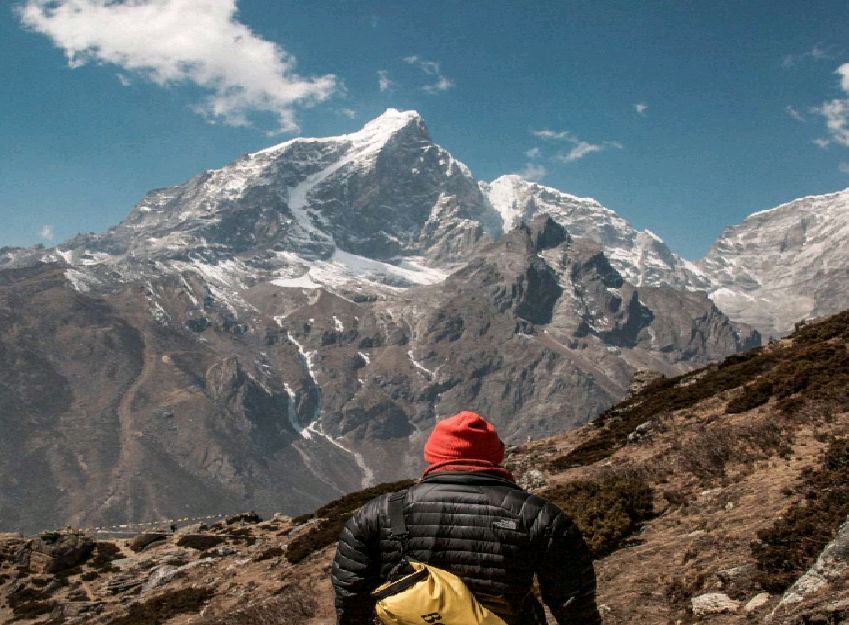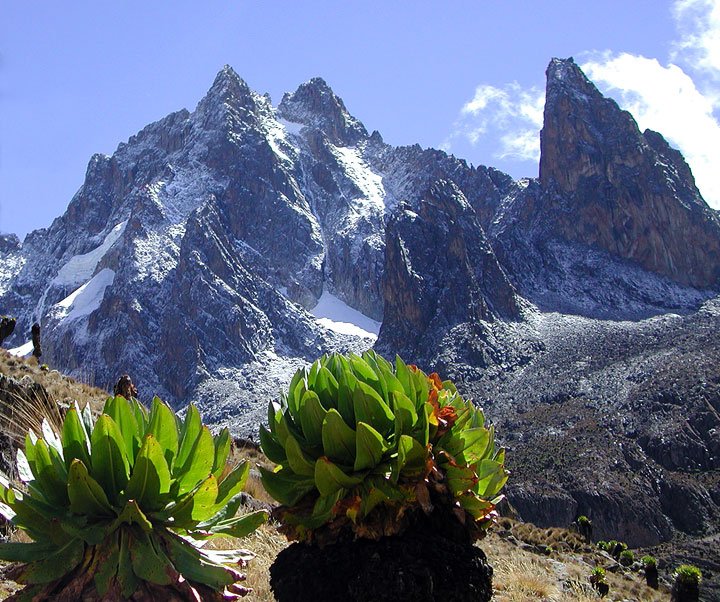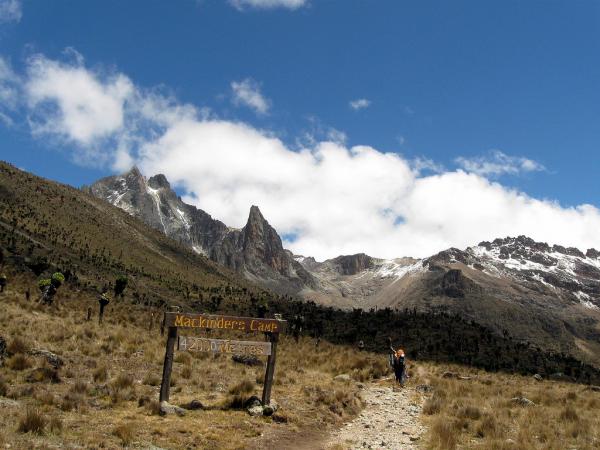Mount Kenya remains a politically significant region, even in the wake of shifting alliances and leadership changes.
President William Ruto is making strategic efforts to rebuild relationships, emphasizing that development should transcend politics.
The old notion of siasa mbaya, maisha mbaya – where political leanings dictated economic fortunes – has begun to fade, replaced by an approach aimed at inclusivity and economic empowerment.

However, a psychological shift is occurring within the Kikuyu community.
Once dominant in both business and politics, many now perceive a decline in their influence:
Business Competition: The Kikuyu economic stronghold faces increasing challenges from communities such as the Somali and Gusii.
Demographic Concerns: A perceived decline in population has sparked fears of being edged out politically and economically.
Leadership Vacuum: With past influential figures like Jomo Kenyatta, Mwai Kibaki, and Uhuru Kenyatta no longer in power, there is no clear successor commanding national leadership.
Perceived Isolation: A growing sentiment suggests other communities are gaining ground, while the Kikuyu struggle to maintain their standing.
At the same time, there is a growing realization that ordinary Kikuyus have not always benefited from the dominance of their elite class.
This moment presents an opportunity for economic and political realignment, allowing for more inclusive participation beyond traditional oligarchic control.
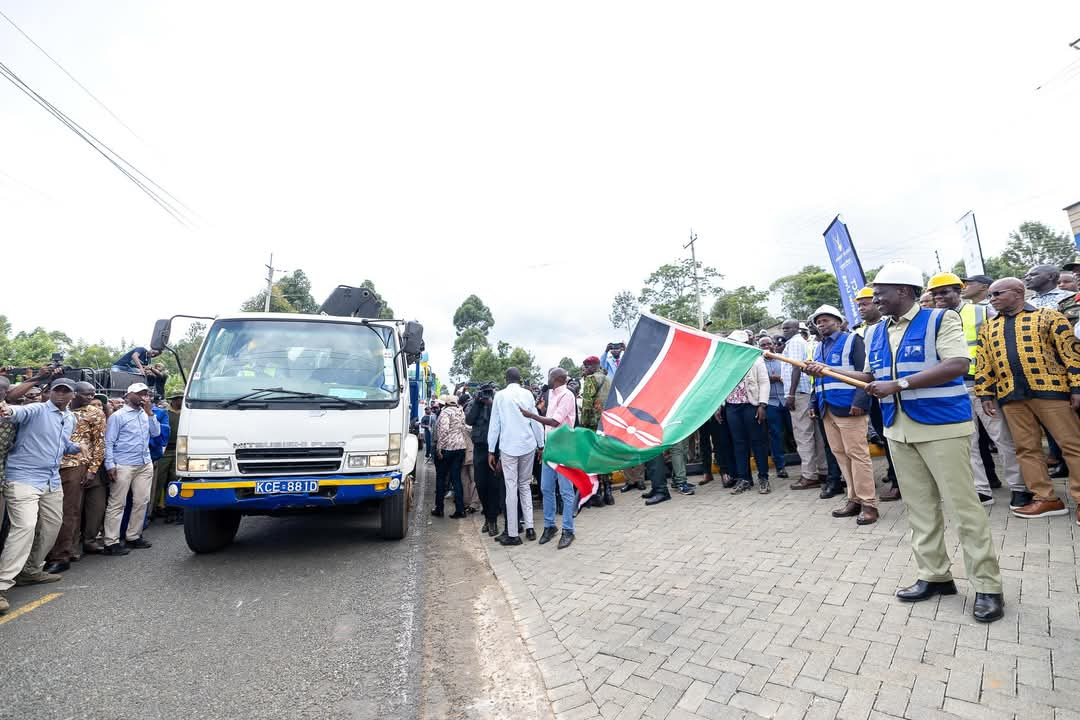
Economic Power & Government Interventions
Recognizing the region’s economic concerns, the government has rolled out targeted interventions in agriculture and trade to stabilize and grow Mount Kenya’s economy:
Agricultural Revamp
Tea Industry: With Mount Kenya producing a major share of Kenya’s tea, reforms include a guaranteed minimum price of Ksh 30 per kilo, subsidized fertilizers, modern tea processing factories, and KTDA reforms to eliminate cartels.
Coffee Sector: The government has introduced a Ksh 6.7 billion debt waiver, direct farmer payments, higher cherry payments (from Ksh 35 to Ksh 80 per kilo), and factory rehabilitations to boost value addition.
Avocado Expansion: With 60% of Kenya’s avocado output coming from Mount Kenya, initiatives include seed distribution, Global GAP certification, expanded inspection centers, and duty-free EU market negotiations.
Miraa Market Support: Recognized as an official cash crop, miraa farmers benefit from funding for value addition, improved road networks, and expansion into new export markets like Djibouti, Congo, and Israel.
Macadamia Industry Growth: To curb raw exports, the government has mandated local processing, provided subsidized seedlings, and launched farmer training programs.
Dairy Sector: Key interventions include artificial insemination programs, a Ksh 500 million Dairy Stabilization Fund, 100+ milk cooling plants, feed subsidies, and a price increase from Ksh 35 to Ksh 50 per liter.
The government’s broader economic approach emphasizes cutting out exploitative middlemen, ensuring direct payments to farmers, and expanding opportunities in online work and diaspora investments for economic resilience.

The Case for National Integration
The government is actively encouraging a shift from ethnic-based leadership to national cohesion.
President Ruto’s administration has strategically appointed leaders from Mount Kenya, including PS Gathecha, PS Wachira, and KRA Chair Ndiritu, to reinforce the region’s continued relevance in governance.
The message is clear: the region must embrace collaboration with other communities for collective progress.
The call to trust the process seeks to reassure residents that the administration’s political strategies are aimed at long-term stability and inclusive development.
Mt. Kenya East – A Region Rising
With Deputy President Prof. Kithure Kindiki representing Mount Kenya East, the region is seeing an unprecedented focus on development.
Key projects include:
- Irrigation farming in Tharaka Nithi to counter recurrent droughts.
- Investment in high-value crops like tea, coffee, miraa, macadamia, avocado, and dairy.
- Infrastructure upgrades to improve market access and facilitate trade.
A New Dawn for Mt. Kenya?
Mount Kenya stands at a defining moment, navigating its political realignments and economic transformations.
The government’s emphasis on agricultural revitalization, direct farmer support, and broader national integration signals a shift from traditional patronage to long-term sustainability.
As the region adapts to these changes, the challenge remains – can Mount Kenya redefine its role in Kenya’s political and economic future?

